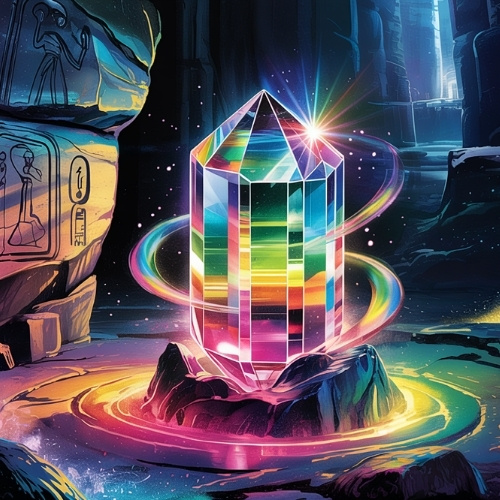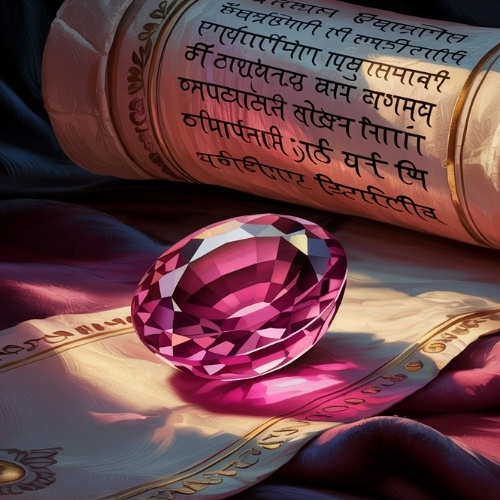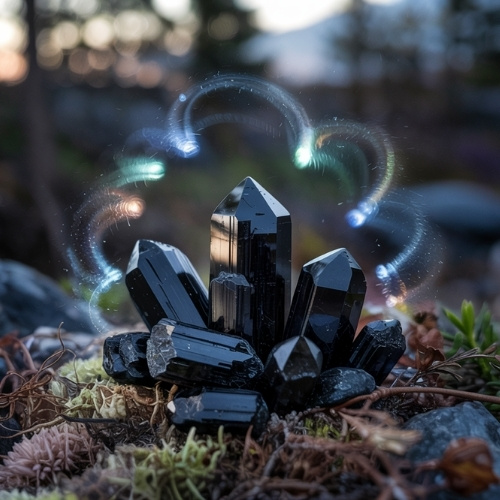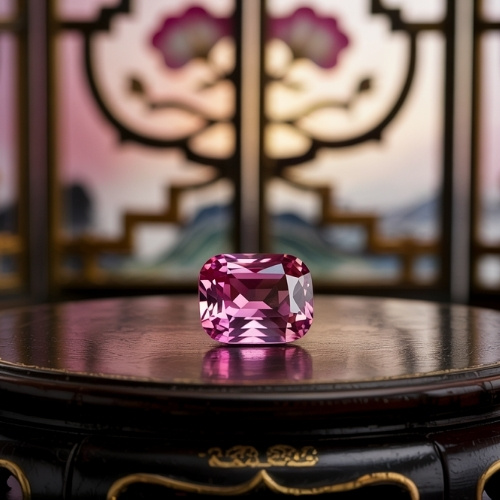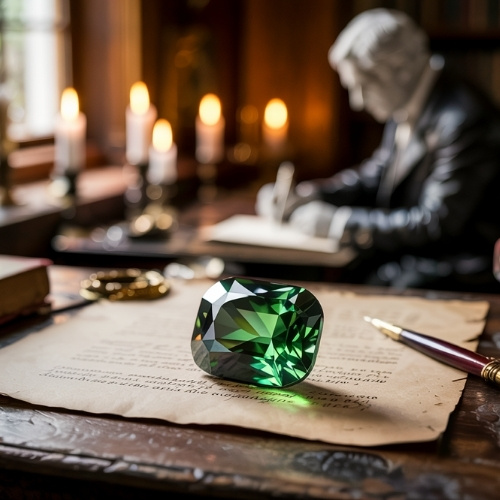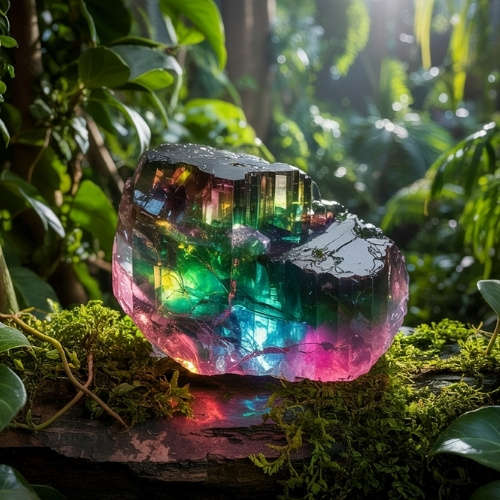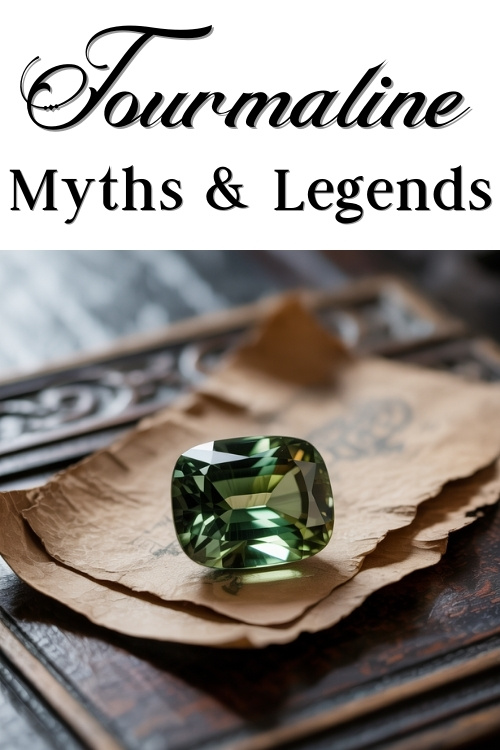Estimated reading time: 5 minutes
Tourmaline, with its dazzling spectrum of colours, has captured imaginations for centuries. Few gemstones feel quite as magical or mysterious, and it’s easy to see why.
Sometimes called the stone of the rainbow, tourmaline has long been celebrated for its supposed powers of protection, inspiration, and spiritual insight. Across different cultures, it has been treasured as a gem that can uplift the mind, shield the spirit, and spark creativity.
Let’s take a journey through some of the fascinating myths and legends that surround tourmaline.
🔗Gemstone myths and legends often influence how we view them today, from spiritual qualities to symbolic associations. Discover The Symbolic & Spiritual Meanings of Tourmaline
Jump to:
Ancient Egypt Myth
One of the most enchanting stories comes from ancient Egypt. Here, tourmaline was believed to have risen from the heart of the Earth, passing through a rainbow on its way to the surface. This mythical journey was thought to explain its vibrant range of colours.
Each hue was said to carry its own special power. Green for courage, pink for love, blue for wisdom. To the Egyptians, tourmaline was a gem of many gifts. A single stone holding all the colours and energies of the natural world.
Indian and Vedic Traditions
In Indian lore, green and pink tourmaline were closely linked to the heart chakra, promoting compassion, emotional balance, and healing. Black tourmaline, or schorl, was revered as a protective stone, keeping negativity at bay.
Vedic astrologers sometimes used tourmaline as a substitute for more precious gems in planetary remedies. Its lively yet grounding energy was believed to calm the mind, cleanse the aura, and help seekers stay on their spiritual path.
African Mythology
Some African cultures saw tourmaline as a bridge to ancestral knowledge. Black tourmaline, in particular, featured in protective rituals and was sometimes buried near homes to ward off evil forces.
It was believed to carry the Earth’s oldest wisdom and form an energetic boundary that nothing impure could cross. In these traditions, tourmaline wasn’t just a talisman, it was a living, breathing force. One that helped maintain harmony between the seen and unseen worlds.
Chinese Legend
During the Qing Dynasty, tourmaline symbolised luxury and spiritual strength in imperial China. Empress Dowager Cixi adored pink tourmaline, importing it from California to create jewellery and ornaments.
The stone was believed to strengthen the wearer’s qi, protect against misfortune, and stabilise emotions. Carved tourmalines were even used in funerary rituals to guide souls peacefully into the afterlife. Beauty, status, and spiritual power all came together in this beloved gem.
European Superstitions
Tourmaline reached Europe around the 1700s, brought by Dutch traders from Sri Lanka. Its curious ability to attract ash and dust when heated earned it the nickname “the ash puller.”
This peculiar trait sparked beliefs that tourmaline could “draw” things out. Truth from lies, love from loneliness, insight from confusion. Artists, writers, and philosophers sometimes wore it as a muse-stone, and its rainbow hues were thought to harmonise conflicting energies, bridging the physical and spiritual realms.
Indigenous South American Lore
In Brazil and nearby regions, home to some of the world’s finest tourmalines, indigenous peoples saw these vibrant stones as gifts from jungle spirits.
Pink and green tourmalines were thought to bring health and fertility, while blue and indigo stones were used by shamans for vision quests and dream work. Placing them near the head during sleep was said to invite vivid, meaningful dreams from the spirit world.
A Stone of Story and Spectrum
From Egyptian rainbows to jungle spirits, and sacred carvings in China, tourmaline has woven a colourful path through human history.
Its stories remind us that beauty comes in many shades, that strength has many forms, and that a little magic can often be found in the colourful in-between spaces.
Quick side note – these tourmaline myths and legends make great marketing content, so feel free to retell them to your audience!
🔗 Want some guidance on using gemstone knowledge to market your jewellery business? Read Using Gemstone Knowledge to Boost Your Jewellery Sales
🔗 Working with tourmaline in your jewellery making? Take a look at my Jeweller’s Guide to Tourmaline
🛍️ Curious to find a pre-owned tourmaline for your next design? Check out what’s available.
📌 Save these tourmaline myths and legends so you can easily find them again.

